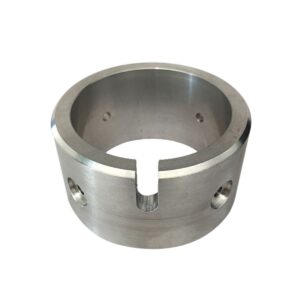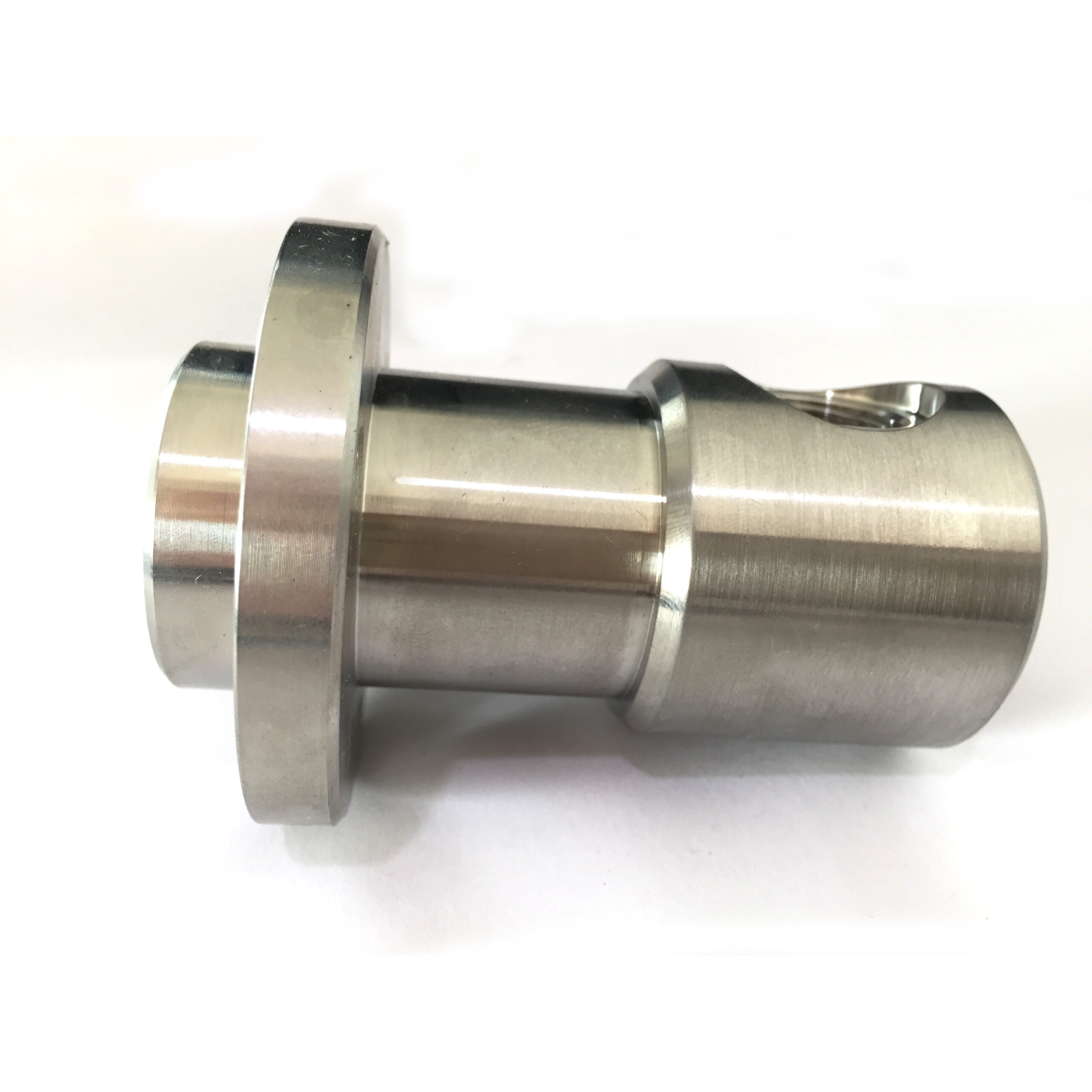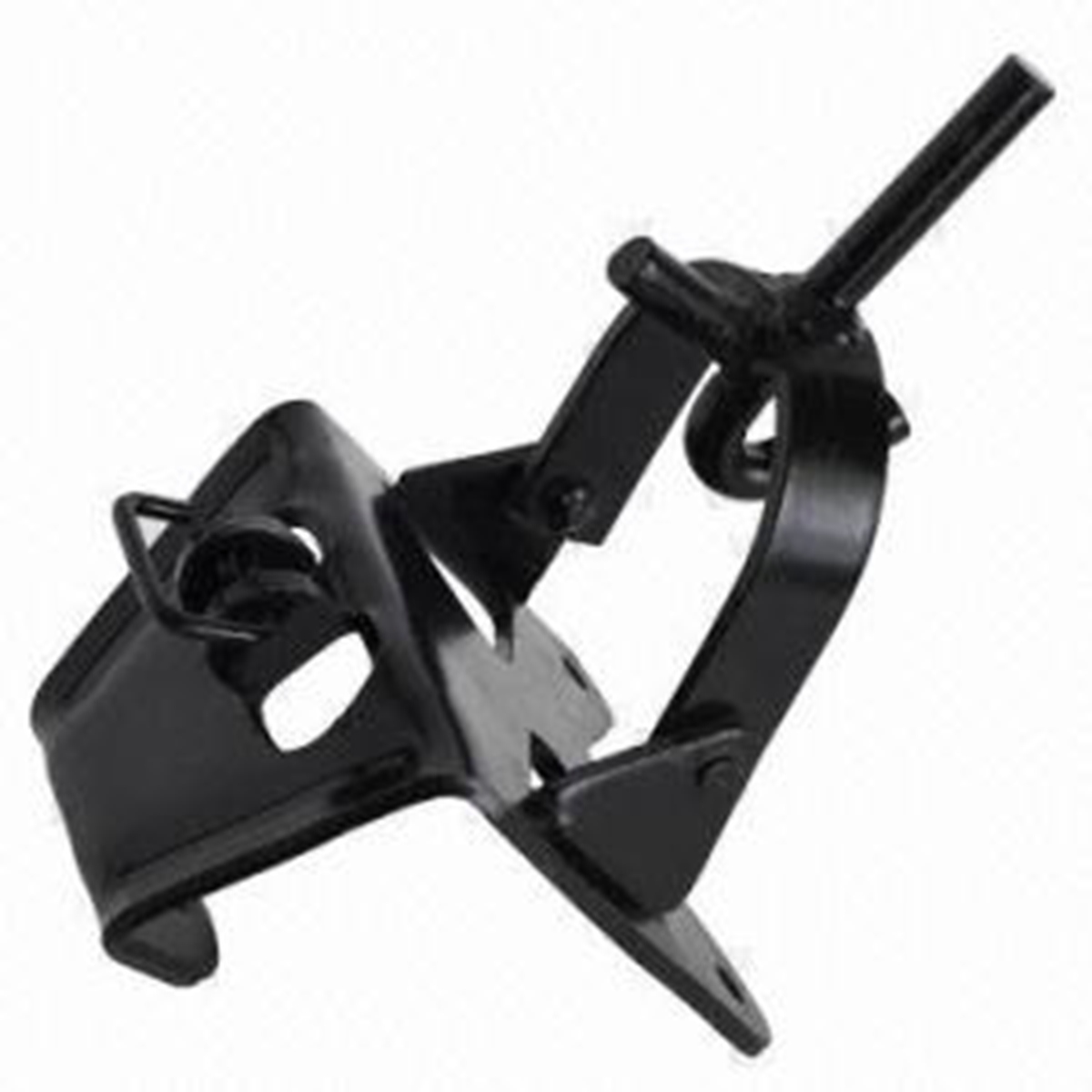
Metal 3D printing is advantageous because it can produce high-performance, complex metal parts that are suited for a range of end environments. Metal 3D printed parts are isotropic, meaning they have even, multi-directional strength, and have the superior mechanical properties of metals like aluminum, stainless steel, titanium, Inconel, tool steel, and stainless steel-bronze composites.
3D metal printing can also be used to combine multiple assembly components into one part. This typically results in a stronger structure by reducing the points of failure introduced by threads and inserts.
With metal 3D printing, CAD file information is sent directly to a printer meaning parts are typically cheaper and faster than producing machined metal parts. Machined metal parts have overhead costs like tooling set-up and longer machining time. Most 3D print metal parts can be turned around in less than a week.





